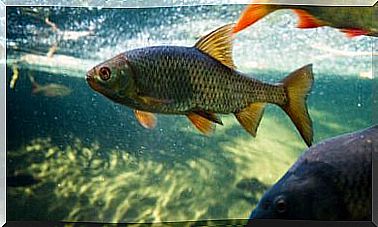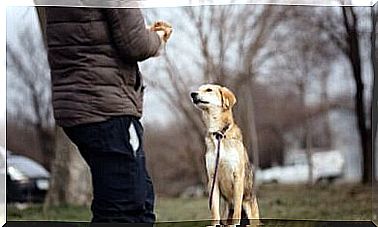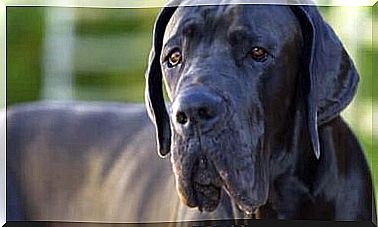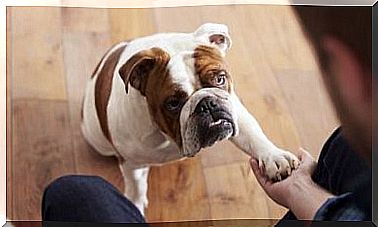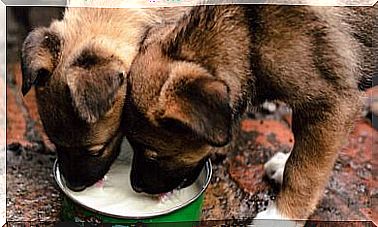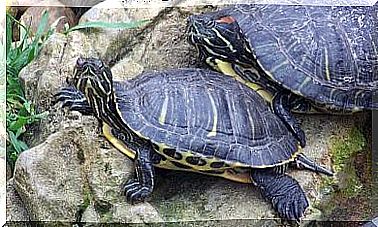About The Lion Head Rabbit: A Lovable Pet
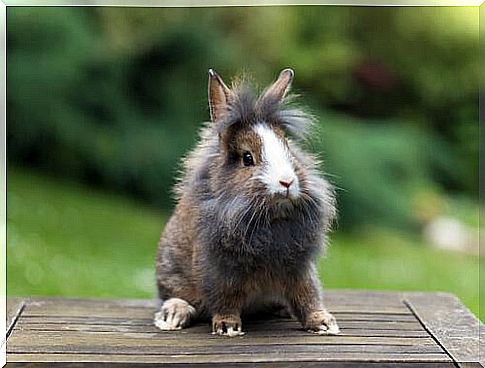
The name alone will give you an idea of what the lion head rabbit looks like. The lion head rabbit is also known for its calmness and small size.
Are you interested in the lion head rabbit? Then read this post and learn more about it.
History and characteristics of the lion head rabbit
The lion head rabbit differs from other rabbits, as already mentioned, in that it has a mane that is significantly longer than the rest of the fur. Young lion head rabbits change their coarse fur to a finer one as they grow up.
The lion head rabbit weighs up to two kilos when fully grown. The ears, which are around seven centimeters long, are quite noticeable on the small, robust animal. The legs are thicker than other breeds, and the eyes can be red, blue, or brown.
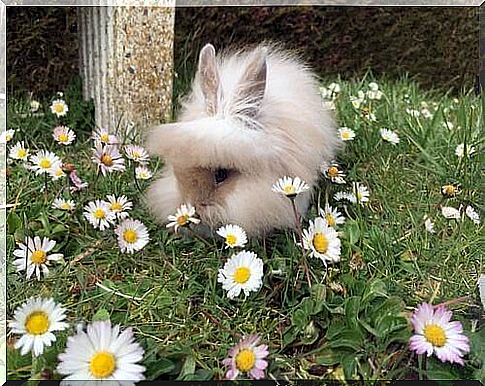
Not much is known about the origins of the breed, but it is known that it comes from the cross between colored dwarfs and Swiss fox rabbits.
The lion head rabbit is related to dwarf rabbits and its breeding originated in Belgium.
Even today it is not an official breed in most countries, as the litters are very different and they often lose their characteristic mane from the age of two.
The lion head rabbit: feeding and care
With an ideal temperament for pets (calm and affectionate), lion head rabbits are ideal choices for a home with children. To make you feel good and stay healthy, we recommend the following care:
1. Food
Your vet can tell you what the best foods are and how much to offer them based on age. It is generally said that for every 1/2 pound of weight you need 1/8 cup of rabbit food.
The rest of your diet should consist of fresh leafy vegetables, such as lettuce or Swiss chard. Don’t give your rabbits broccoli as it is high in calcium and encourages kidney stones to develop.
You can feed your lionhead rabbits small amounts of treats like bananas, apples, or carrots every day and make sure they never run out of fresh water in their coop. Never offer sweets, as rabbits cannot tolerate sugar.
2. Stable
The rabbit’s habitat should be as large as possible. If you have a garden or a field, let your rabbits run for a while in a well-secured enclosure every day, but never in the midday heat or at night in winter.
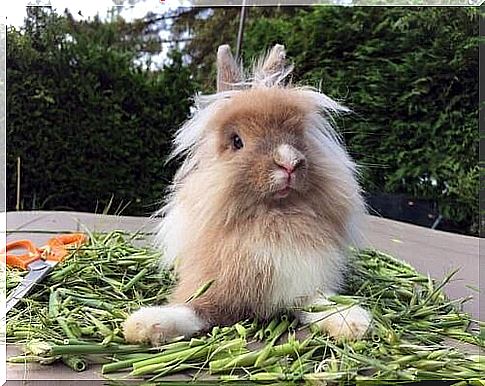
If you live in an apartment, at least the cage should be big enough to run around. The stable must be completely cleaned at least once a week and the leftover food and feed bowls daily.
3. Grooming
Weekly brushing is essential to avoid topknots, especially in the mane. You also prevent the rabbits from swallowing their hair and forming hairballs in their stomachs – so this doesn’t only happen in cats. You shouldn’t bathe them but keep them in a hygienic environment.
4. Teeth
One of the characteristics of rabbits in general, and lionhead rabbits in particular, is that their teeth never stop growing. So they have to rub their teeth somehow, but how? They do this by nibbling on fresh wood or cardboard without ink.
5. Veterinarian
You should have your rabbits examined by the vet at least once a year. This corresponds to the vaccination plan issued by the vet.
He can pay close attention to some symptoms that can indicate illness: weight loss, tiredness, wet chin, watery eyes, diarrhea or a runny nose.
Lionhead rabbits make excellent pets, and if you take good care of them, they will live happy and healthy lives for up to about 10 years.
